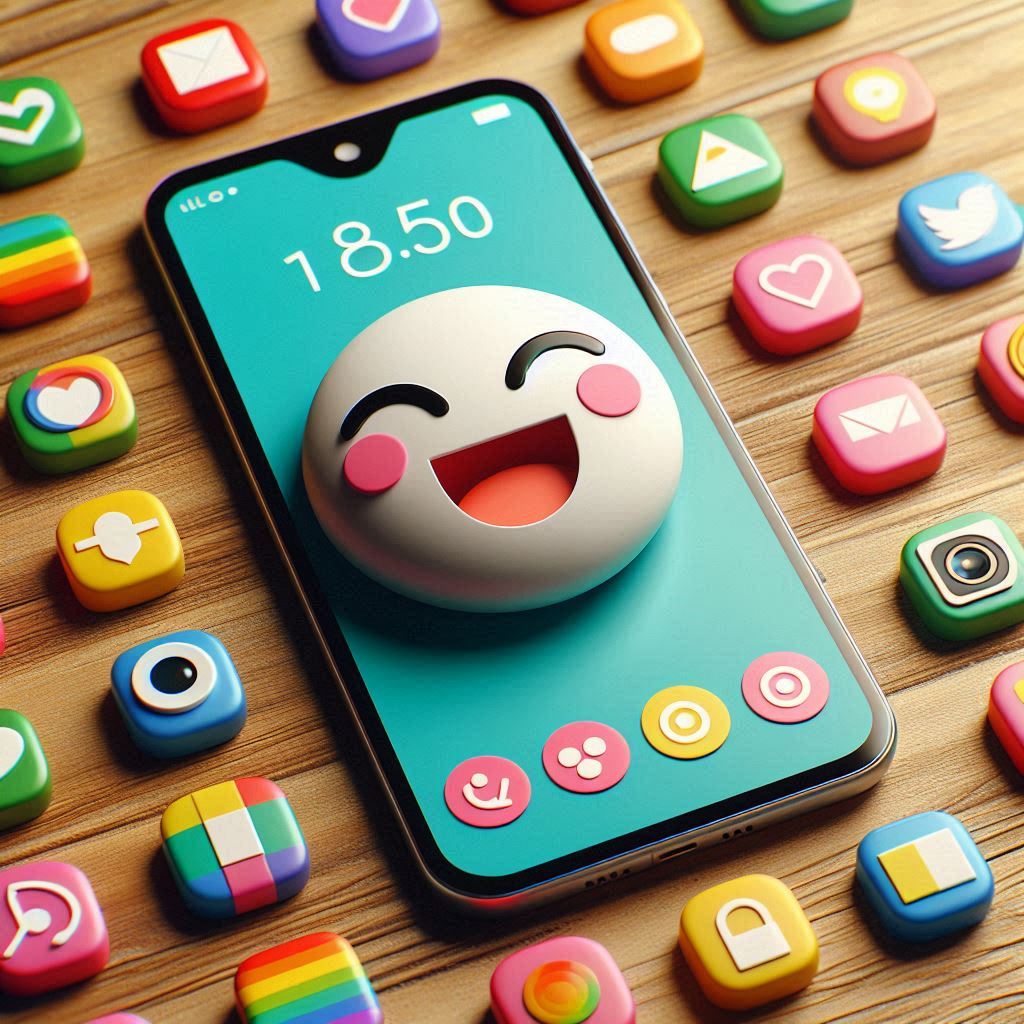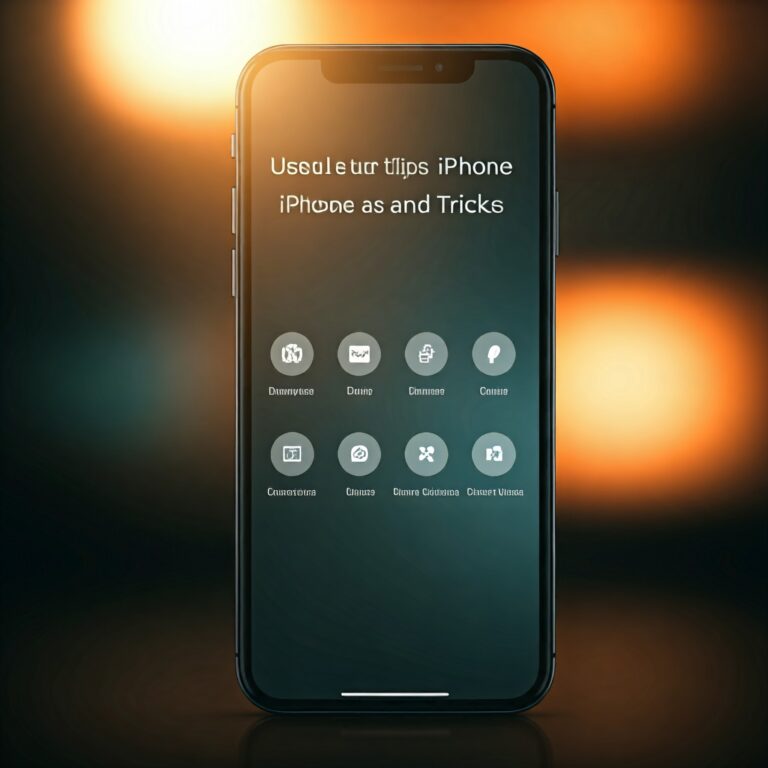Tips for Phone Optimization Maximize Your Smartphone’s Potential:
Smartphones have become an integral part of our daily lives, serving as mini-computers, communication devices, and cameras all rolled into one. However, many users often find their phones lagging, running out of storage, or becoming less responsive over time. The good news is that you don’t have to put up with suboptimal performance. By following these few tips for phone optimization , you can significantly enhance your smartphone’s efficiency. In this article, we’ll explore the top ten tips for maximizing your smartphone’s potential.
Introduction
Your smartphone is a powerful tool designed to simplify your life. However, like any technology, its performance can degrade over time due to various factors, including software bloat, unnecessary background processes, and lack of maintenance. Whether you’re using an Android device or an iPhone, these tips can help you unlock the full potential of your smartphone, ensuring it runs smoothly and efficiently.
Problem
The most common issues faced by smartphone users include laggy performance, reduced battery life, and insufficient storage space. These problems can stem from various sources, including:
-
- Too many apps running in the background
-
- Outdated software
-
- Overloaded storage with unnecessary files and apps
-
- Battery management issues
-
- Unoptimized settings and configurations
Identifying and addressing these issues is key to restoring your smartphone’s performance. Below, we provide solutions to these common problems.
Solution
1. Update Your Operating System and Apps
This is very crucial tip for phone optimization . Keeping your smartphone’s operating system and apps up to date is crucial. Manufacturers regularly release updates that fix bugs, patch vulnerabilities, and improve performance. Check for updates in your settings menu and install them regularly to enjoy a smoother experience.
2. Clear Unnecessary Apps
Unused applications take up precious storage space and can run background processes that slow down your device. Review your app list and uninstall apps you no longer use. For Android users, you can also disable non-essential apps that cannot be uninstalled.
3. Manage Your Storage
Smartphones can quickly run out of storage, affecting performance. Go to your storage settings to identify what’s taking up space. Regularly delete old photos, videos, and downloads, or consider using cloud storage services to free up space without losing your files.
4. Optimize Battery Usage
Battery-draining apps can significantly impact your smartphone’s performance. Access your battery settings to see which apps are consuming the most power. Limit background activity for these apps and consider using the battery saver mode for extended usage throughout the day.
5. Limit Background Processes
Many apps run in the background, consuming resources and slowing down your device. On Android, you can restrict background data for apps under your data usage settings. For iPhone users, set background app refresh to only those apps you use frequently.
6. Use Lite Versions of Apps
Many major apps have “lite” versions, designed for better performance on less powerful devices. For example, Facebook Lite and Messenger Lite consume less data and storage, running efficiently on various smartphones without sacrificing essential features.
7. Enable Developer Options
For advanced users, enabling Developer Options on Android can unlock various features for optimization. You can reduce animations, limit background processes, and more. Access Developer Options through your settings by tapping the Build Number multiple times under “About phone.”
8. Optimize Your Home Screen
A cluttered home screen can slow down device performance. Keep widgets to a minimum and use only essential apps on your home screens. This not only enhances the visual appeal but also helps improve speed and responsiveness.
9. Regularly Restart Your Device
Restarting your smartphone occasionally can improve performance by closing background apps and refreshing software services. Make this a routine habit, and you’ll notice a more responsive device.
10. Reset to Factory Settings as a Last Resort
If all else fails and your smartphone is still sluggish, you may consider performing a factory reset. This will erase all data and restore your device to its original state. Be sure to back up important files before doing this, as this step will delete everything.
Conclusion
With the right approach, you can breathe new life into your smartphone and ensure that it performs at its best. Implementing even a few of these optimization tips can lead to significantly improved speed and efficiency. Regular maintenance and awareness of your device’s performance will help you extend the lifespan and usability of your smartphone.
Recommendations
To maintain optimized performance, I recommend establishing a routine for checking updates, clearing unused apps, and managing storage. Consider using performance-enhancing apps for cache cleaning and device health checks. Finally, keep your device’s software updated to the latest versions to benefit from ongoing improvements.






